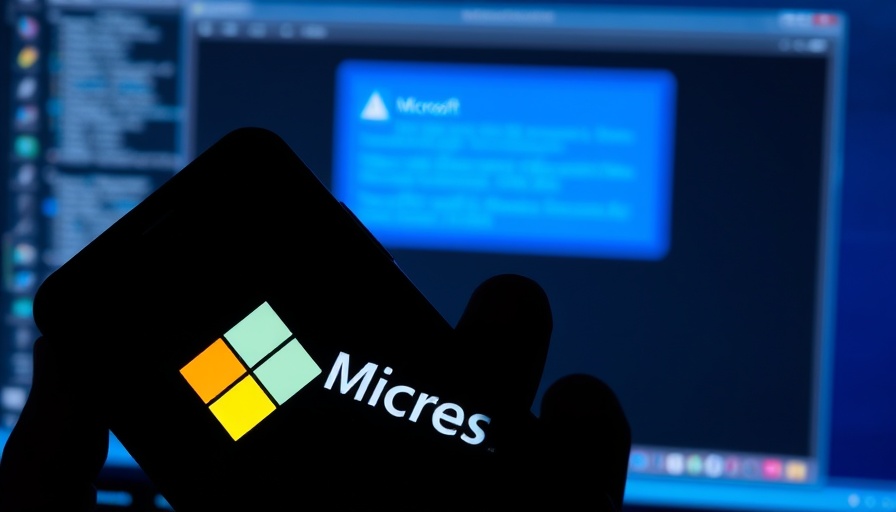
The Latest Shake-Up in Tech: Microsoft Cuts Thousands of Jobs
In a shocking move, Microsoft announced that it will lay off around 9,000 employees, which represents about 4% of its global workforce. This follows a previous round of cuts in May that saw 6,000 jobs eliminated. The tech giant is seeking to streamline its operations as it adapts to an evolving marketplace.
Why Is Microsoft Making These Tough Choices?
Microsoft’s decision highlights a broader trend within the tech industry, where companies are focusing on optimizing organizational structure for greater efficiency. A spokesperson noted the need for "organizational changes necessary to best position the company and teams for success in a dynamic marketplace." This indicates a shift in strategy aimed at enhancing agility and reducing bureaucracy.
A Closer Look at the Layoffs
The company’s CEO of gaming, Phil Spencer, detailed in an internal memo how the layoffs would affect specific divisions, notably the gaming sector. The memo suggests that the cuts aim to eliminate layers of management, particularly mid-level managers, which may help the company respond quicker to market demands.
What This Means for Employees and the Industry
These mass layoffs can be particularly destabilizing, not just for those losing their jobs but for the morale of remaining employees. Within the tech landscape, firms like Microsoft are at a turning point where they need to invest in innovation while managing financial sustainability. As the marketplace changes, companies may need to make hard choices regarding their human resources.
Future Predictions: A Shift in Workplace Dynamics
Going forward, as Microsoft reduces its workforce, we might see an increase in remote working trends, sparking a debate about the future of hybrid work environments. Additionally, with increased competition in the tech industry, firms must prioritize their most vigorous teams, possibly leading to a 'survival of the fittest' scenario.
Understanding the Broader Economic Context
It's important to note that Microsoft is not alone in making these difficult decisions. Recent data from ADP indicated that the U.S. private sector shed 33,000 jobs in June, reflecting broader economic challenges. Thus, the tech sector's volatility is a microcosm of ongoing shifts in employment across various industries.
Takeaway for Business Leaders
For CEOs, CFOs, and business owners, these developments present a compelling reminder of the need to regularly assess organizational structure and adapt to changing market conditions. Embracing agility, investing in areas of growth, and preparing for potential layoffs could mitigate risks in uncertain times. The tech industry is evolving, and being ahead of the curve will be crucial for long-term success.
Conclusion: Navigating Change
As Microsoft embarks on this new chapter and other companies follow suit, it serves as a wake-up call to business leaders everywhere. The landscape of employment is shifting, and those who can navigate these changes effectively will emerge stronger. Reflecting on and learning from these layoffs can prepare organizations for future challenges.
 Add Row
Add Row  Add
Add 



Write A Comment